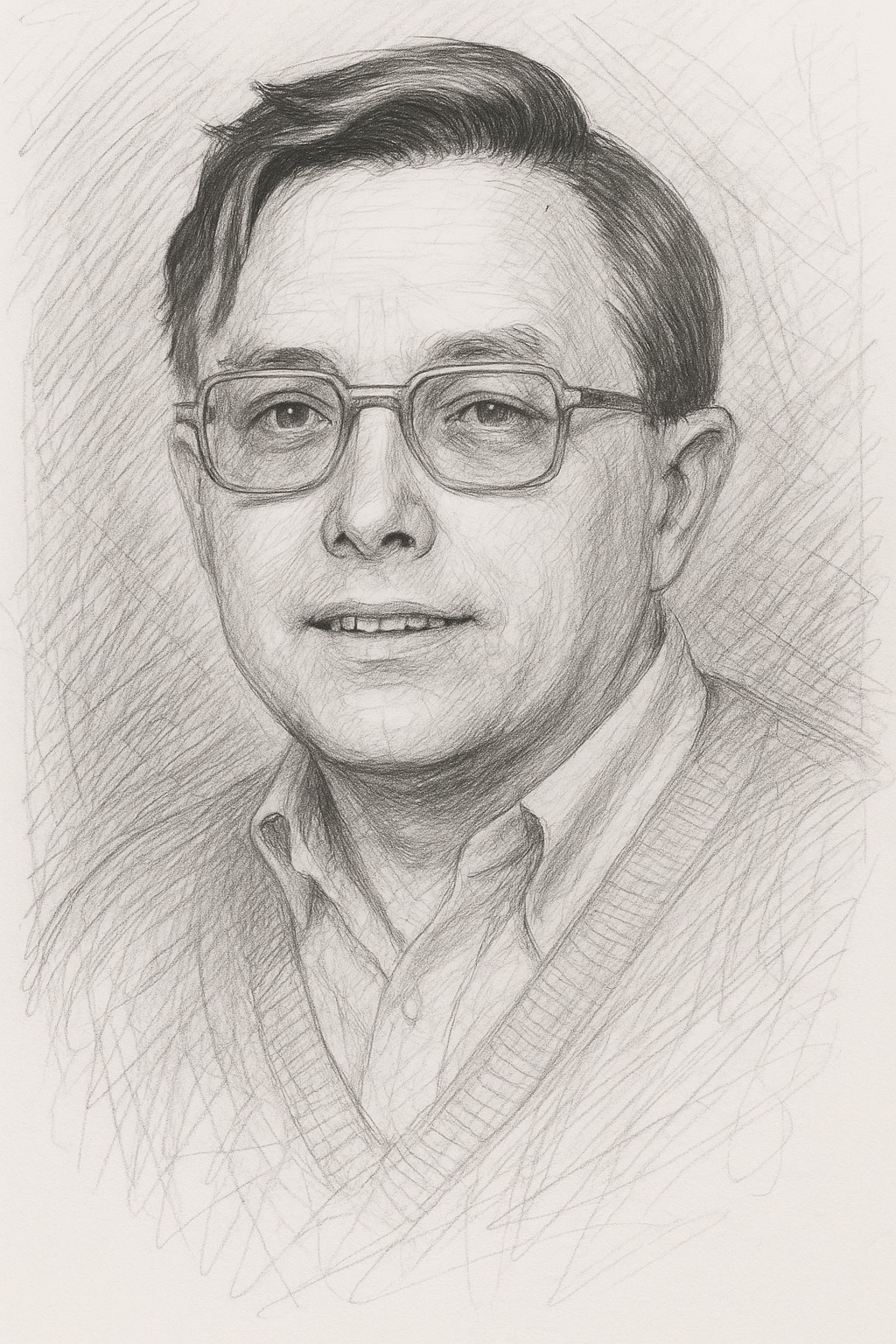Richard S. Bucy

Richard Snowden Bucy (July 20, 1935 – 2019) was a prominent American mathematician and engineering scientist, celebrated for his foundational role in the development of modern control theory and signal processing. He is best known as the co-inventor of the Kalman–Bucy filter, a cornerstone algorithm in the estimation of dynamic systems, which has had transformative impacts across aerospace engineering, robotics, and autonomous navigation.
Richard S. Bucy was born on July 20, 1935. While details about his early education remain limited, his later academic accomplishments and affiliations reflect a rigorous background in mathematics, physics, and engineering disciplines—fields in which he would later leave a lasting legacy.
Academic and Professional Career
Bucy held a professorship in the Department of Aerospace and Mechanical Engineering at the University of Southern California (USC), where he educated and mentored generations of engineers and scientists. He was also affiliated with the Johns Hopkins Applied Physics Laboratory, contributing to advanced research in optimal control, signal processing, and guidance systems.
His academic work bridged the gap between theory and real-world application, shaping technologies that underpinned both civilian and military advancements in navigation and control.
Contributions to the Kalman–Bucy Filter
Richard S. Bucy’s most renowned contribution is his collaboration with Rudolf E. Kalman in the development of the Kalman–Bucy filter, introduced in their seminal 1961 paper. This continuous-time analog of the Kalman filter provided a rigorous mathematical framework for estimating the internal state of dynamic systems from noisy, incomplete observations—essential in systems where real-time decision-making is critical.
The Kalman–Bucy filter unified concepts in stochastic processes and linear systems using state-space representation and matrix calculus. Its applications quickly expanded into aerospace systems, including guidance algorithms for the Apollo missions, Space Shuttle, GPS, and cruise missile navigation.
Impact and Applications
The impact of Bucy’s work is far-reaching. The Kalman–Bucy filter and its discrete-time counterpart have become integral components in the design of navigation, guidance, and control systems. These include:
- U.S. Navy submarines
- Tomahawk and Air-Launched Cruise Missiles
- Reusable launch vehicles
- Spacecraft docking systems at the International Space Station
Bucy’s contributions to multidimensional filtering theory were particularly influential in the development of inertial navigation and missile guidance systems.
Publications and Legacy
In addition to his groundbreaking 1961 paper with Kalman, Bucy co-authored the influential 1968 book Filtering for Stochastic Processes with Applications to Guidance with Peter D. Joseph. This work became a standard reference in control theory and further cemented his reputation as a thought leader in applied mathematics and engineering.
Throughout his career, Bucy was deeply committed to academic mentorship, shaping the future of engineering research and practice through his teaching at USC and his work in government and industrial research programs.
Recognition
Richard S. Bucy is universally recognized as a pioneer in modern control theory. His name remains indelibly linked to one of the most important mathematical tools in engineering—the Kalman–Bucy filter. His legacy lives on through both his technical achievements and the generations of engineers and scientists who have built upon his work.